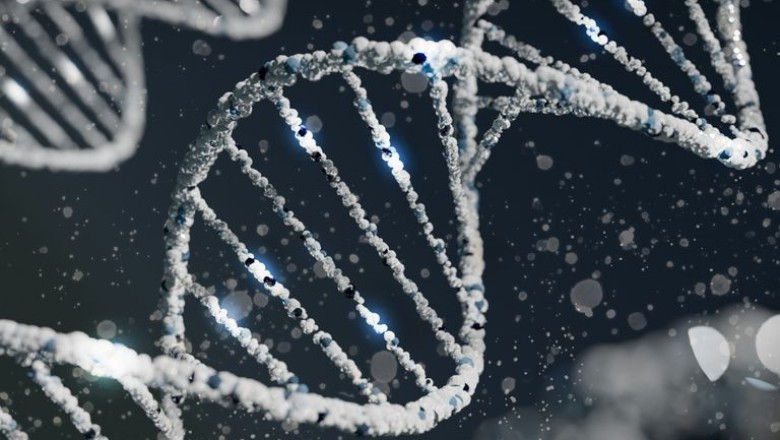
71-year-old man, adopted as a baby, receives a message from his DNA test that brings him to tears
What is DNA?
Before delving into Dennis's captivating journey, it is crucial to understand the basics of DNA. DNA, or Deoxyribonucleic Acid, is essentially the blueprint of life, consisting of genes inherited from both parents. Simply put, half of a person's DNA reflects that of their mother, while the other half mirrors that of their father, making them a unique genetic fingerprint.
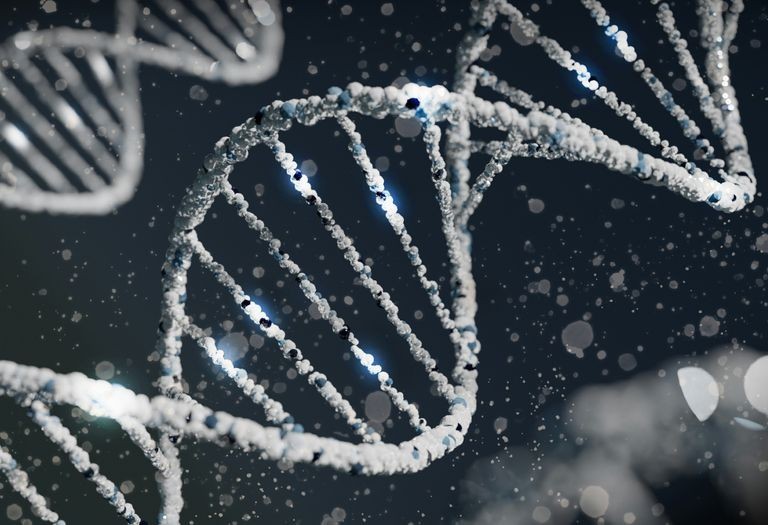
DNA tests not only reveal the secrets of ancestry but also play a crucial role in identifying sibling relationships. By comparing genetic markers, it is possible to determine the degree of shared DNA; full siblings typically share about 50 percent of their genetic makeup, while half-siblings share approximately 25 percent, providing a clear genetic connection between individuals and their family ties. This scientific method opens new avenues to understand and confirm the bonds between siblings, shedding light on the complex networks that make up our families.
What can a home DNA test reveal?
The landscape of DNA testing has dramatically expanded in recent years, with companies like Thriva, DNAFit, Orig3n, MyHeritage DNA, and 23andMe emerging as industry leaders. Among these, Dennis chose 23andMe for his genetic exploration, a decision that would soon open doors to his past, of which he had never known.
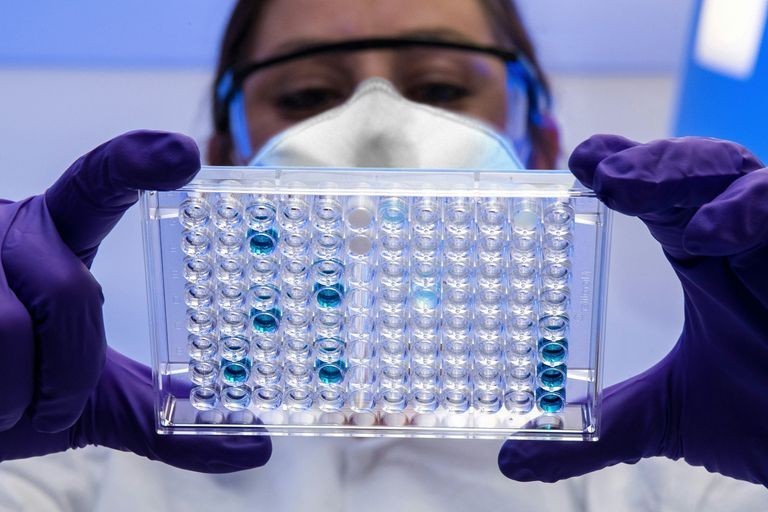
Barbara Ellen of The Guardian highlights the wide range of insights offered by DNA testing companies, promising to decode a person's genetic blueprint. These tests claim to reveal everything from ancestry and connections to Neanderthals to more personal attributes such as fitness, weight loss, skincare preferences, and even peculiar genetic predispositions, showcasing the diverse applications of genetic testing in better understanding oneself. The fascination with this technology goes beyond mere curiosity and touches on the core of our identity and health.
How does it work?
The process initiated by these companies is straightforward yet profound. A DNA collection kit arrives by mail, including a tube for a saliva sample. The recipient answers some questions, sends the sample back, and awaits revelations about their ancestry and genetic composition, a simple procedure that can dramatically alter understanding of one's heritage.

The process involves a simple home test kit for collecting a saliva sample, which is then sent back to an external lab for analysis. This convenience has turned DNA tests into a booming industry, with a global market value reaching an impressive $14.36 billion in 2022, reflecting the growing public interest and trust in genetic science to uncover personal and ancestral secrets. This development shows how accessible and widespread the search for our roots and connections has become, at a time when we can delve deeper into our past than ever before.
The lost family
The rise of commercial DNA tests has significantly influenced our perception of identity and sparked debates among scholars and enthusiasts alike. Journalist Libby Copeland has explored this phenomenon in her book "The Lost Family," inspired by the countless ways in which DNA tests reshape our understanding of family and self.
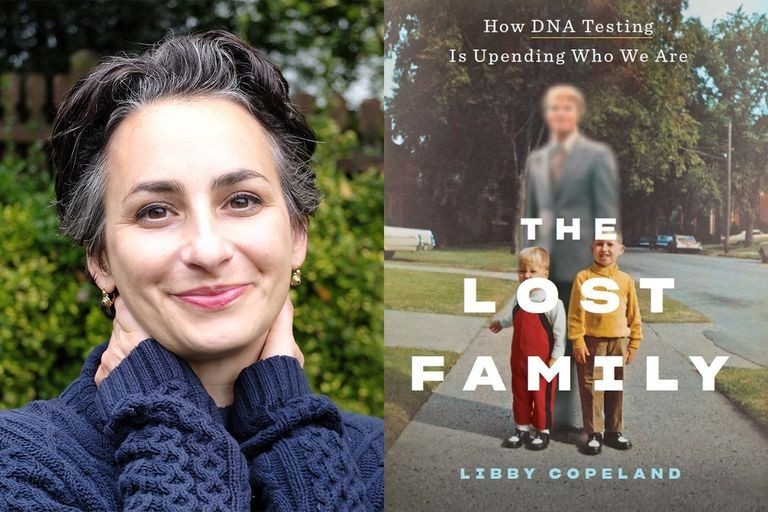
Libby Copeland shared with The Naked Scientists the overwhelming response she received after publishing a feature in The Washington Post about DNA tests. The flood of emails from readers eager to share their own experiences underscored the widespread fascination and emotional impact of uncovering genetic connections, emphasizing the societal relevance and personal significance of these discoveries. These stories highlight the deep emotional resonance that unraveling our genetic history triggers in many people and illuminate the universal search for belonging and identity.
“A Sociological Phenomenon”
Copeland's work resonated with many, leading to a flood of personal stories from individuals whose lives were transformed by DNA tests. These narratives ranged from surprising ancestry discoveries to deeply personal revelations about long-kept family secrets, illustrating the profound impact of genetic tests on individual lives.

Copeland reflected on the phenomenon of DNA tests not just as an American curiosity but as a global and sociological one, driven by the remarkable accuracy of technology in identifying genetic relationships. This precision fuels the human desire to learn more about one's origins and demonstrates the profound influence of genetic knowledge on personal identity and family history. These insights not only change how we see ourselves but also how we understand our connection to others and the history of humanity.
Unexpected Results
The pursuit of a deeper understanding of one's roots is a common theme among those undergoing DNA testing. Copeland observed that many seek clarity on the vague notions of heritage passed down through families and strive to piece together a more detailed picture of their genetic legacy.

She delved into the motivations behind people's interest in DNA tests, from determining their heritage in specific regions to uncovering ancestors' identities. However, Copeland also cautioned about the unexpected findings that often accompany these tests, emphasizing the emotional preparedness required to navigate surprising revelations about familial connections. These stories serve as a reminder that delving into our past often brings unforeseen truths to light, profoundly altering our view of ourselves and our family.
Finding Something Unforeseen
Often purchased impulsively or as gifts, DNA tests frequently reveal more than the buyer had anticipated. Copeland highlighted cases where individuals uncovered family secrets that challenged their understanding of identity, such as discovering that the parent they grew up with is not their biological parent, showcasing the unexpected twists DNA tests can take.
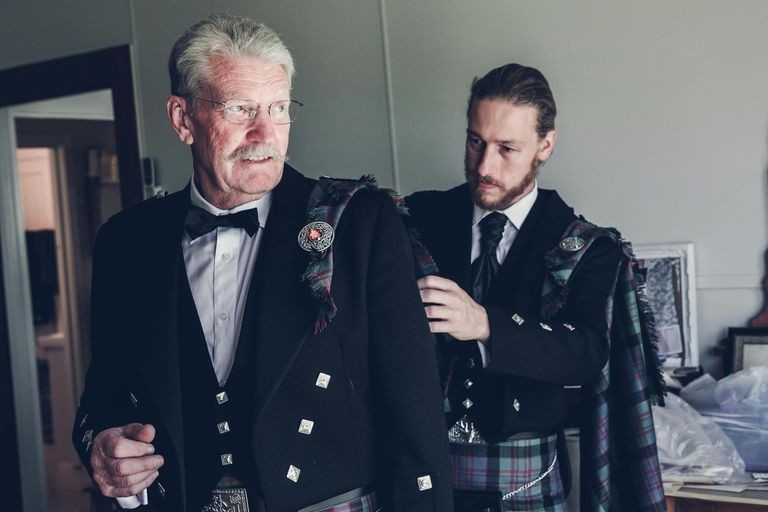
Copeland further discussed the potential for shocking discoveries, like finding unknown half-siblings or learning that assumed full siblings are actually half-siblings. These revelations can deeply alter the understanding of family relationships, introduce complex emotions, and challenge preconceived notions of familial bonds. Such moments confront us with the fluid nature of identity and belonging, forcing us to reconsider our assumptions and providing the opportunity to reshape our relationships on a more honest and deeper level.
“The Decade that Changed the American Family”
According to Copeland, society is currently experiencing a period of revelation and reassessment of our past and the stories told to us about our families. This era of discovery upends long-held beliefs about family structures and relationships, prompting a reevaluation of our connections to the past.

She observed that the current era is marked by a collective journey of discovery and emotional reckoning, as DNA tests challenge and reshape traditional narratives of family. Copeland suggested that this period could be remembered as a transformative time for the American family, with genetic tests acting as a catalyst for reevaluating and understanding family relationships in new ways. This period signifies a turning point in our collective understanding of family, driven by the possibilities opened up by genetic research.
“DNA Tests Enriching Lives”
While DNA tests come with their share of surprises and cautionary tales, there are countless stories of positive, life-altering outcomes. Larecia Buford's experience of finding her biological father through DNA tests exemplifies the potential for DNA tests to create new, meaningful family connections.
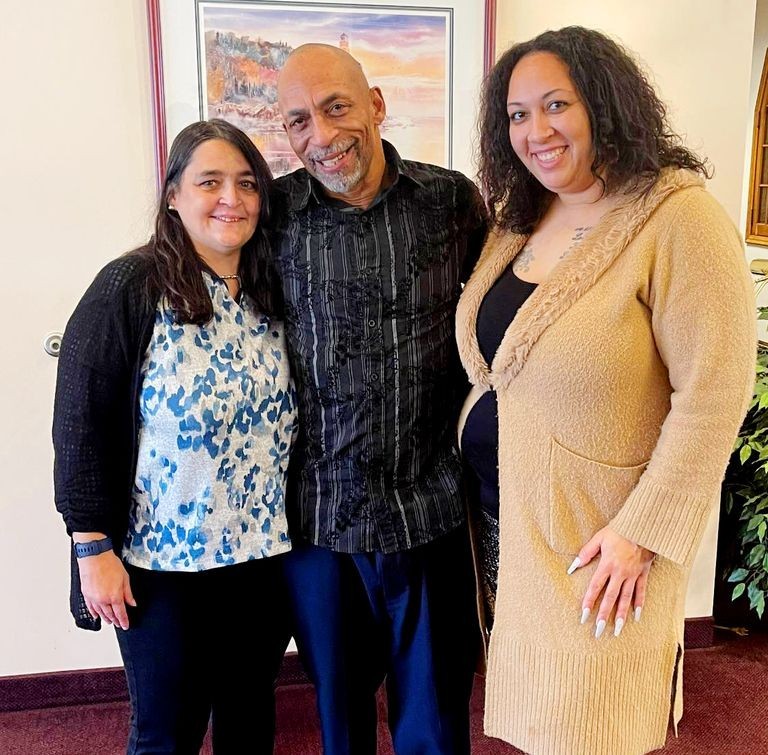
Buford's experience of locating her biological father through DNA tests transformed him from a stranger into a central figure in her life, illustrating the strong emotional bond that can quickly form between newly found relatives. This story is an example of the potential of DNA tests to forge meaningful, life-changing connections that enrich the lives of those involved. The power of this technology to piece together lost fragments of our life puzzle can have profound and heartwarming results.
Discovering Something Extraordinary
Christine Veltri's reluctance to engage in DNA testing stemmed from the fear of disrupting the familial fabric and potentially uncovering hidden truths. Her journey sheds light on the emotional complexity and potential upheavals that can come with seeking one's biological origins. This underscores how profoundly the decision to learn more about one's heritage can impact life and reveals the rollercoaster of emotions that come with it.

Veltri’s DNA testing journey led to the surprising revelation of her origins from an extramarital affair, exposing a half-sister living an entirely different life in Hollywood. This discovery opened up new family connections and narratives, illustrating the complex and often surprising stories that DNA tests can uncover by bridging worlds and lives that were previously separate. Such discoveries broaden our horizons and immerse us in the intricate stories that shape our families.
“Heartwarming”
Veltri's story took a heartwarming turn when DNA tests confirmed a familial connection she had longed for but never expected to find. The discovery of a blood relative she had been searching for her entire life underscores the deep connections that can be unveiled through DNA tests, even when individuals have never met face to face. This is a tale of hope and shows how unexpected discoveries can positively change lives.

Veltri expressed the mix of emotions both she and her newly discovered half-sister felt in attempting to connect. Their cautious communication mirrored the delicate process of navigating newfound relationships, highlighting the diverse emotional landscapes individuals face when confronting their past and considering the possibility of new familial bonds. These moments of connection are both fragile and powerful, a testament to the complexity of human relationships.
Dennis’ Story Begins
Dennis and his twin brother Doug were adopted by a family in Corsicana, Texas, at the age of three. As Dennis grew older, the knowledge that his adoptive parents were not his biological family sparked a curiosity about his origins, a curiosity that would later evolve into a quest for connection. This yearning for understanding his roots and the associated emotional journey underscore the deep human needs for belonging and self-awareness.

Growing up knowing he had a sister somewhere fueled Dennis‘ lifelong curiosity about his birth family. This curiosity became a backdrop of his life, permeating his years as he built his own family but always leaving him marveling at the relatives he had not yet met and nurturing his desire to connect with his roots. This constant question of “what if” accompanies many who seek answers in their familial past.
A Tragedy
A tragic event in 1979, the loss of his brother Doug in a car accident, turned Dennis' curiosity into a deeply rooted need to find his sister, the only other blood relative he believed to have. This loss marked a turning point in his life, setting him on a path to uncover his roots and connect with a family he had never known. A journey characterized by grief yet providing the impetus for a transformative search.
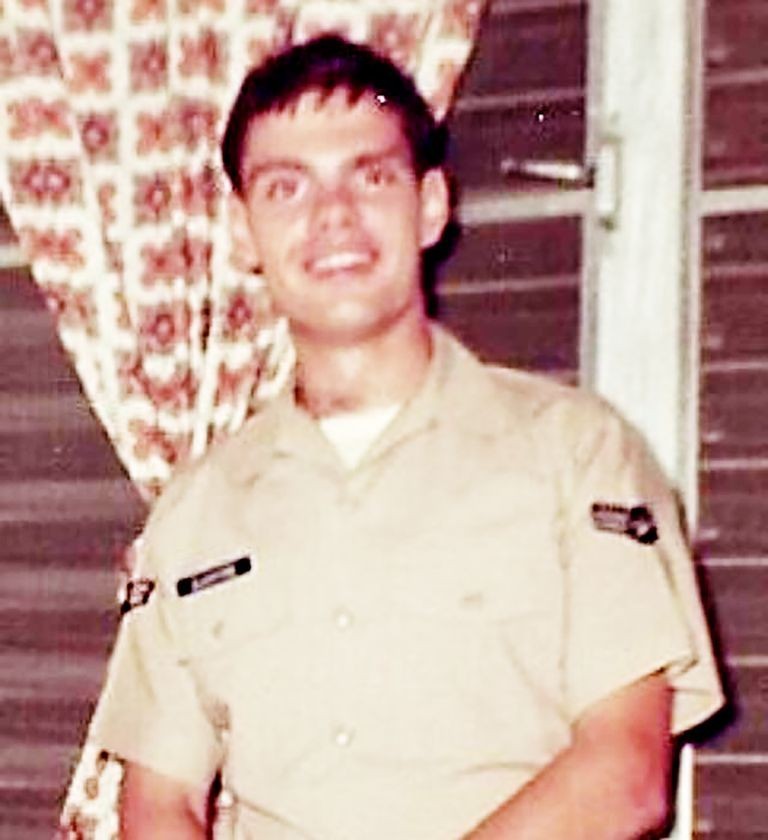
The absence of a biological family connection weighed heavily on Dennis, leaving him with a profound sense of incompleteness. The longing to find his sister and complete the missing piece of his identity became a driving force in his life, despite the uncertainty surrounding her existence or whereabouts, highlighting the deep human need for connection and belonging. This quest for wholeness and understanding compels many to confront the challenges and uncertainties of self-discovery.
No Access to DNA Technology at the Time
The search for his sister proved arduous for Dennis, especially in a time before DNA tests became accessible. The lack of genetic tools meant that those seeking lost relatives had to navigate a labyrinth of bureaucratic hurdles and often resort to hiring private investigators, a process fraught with challenges and uncertainties. An odyssey that illustrates the difficulties and perseverance required to find lost family members in an era before modern technology.
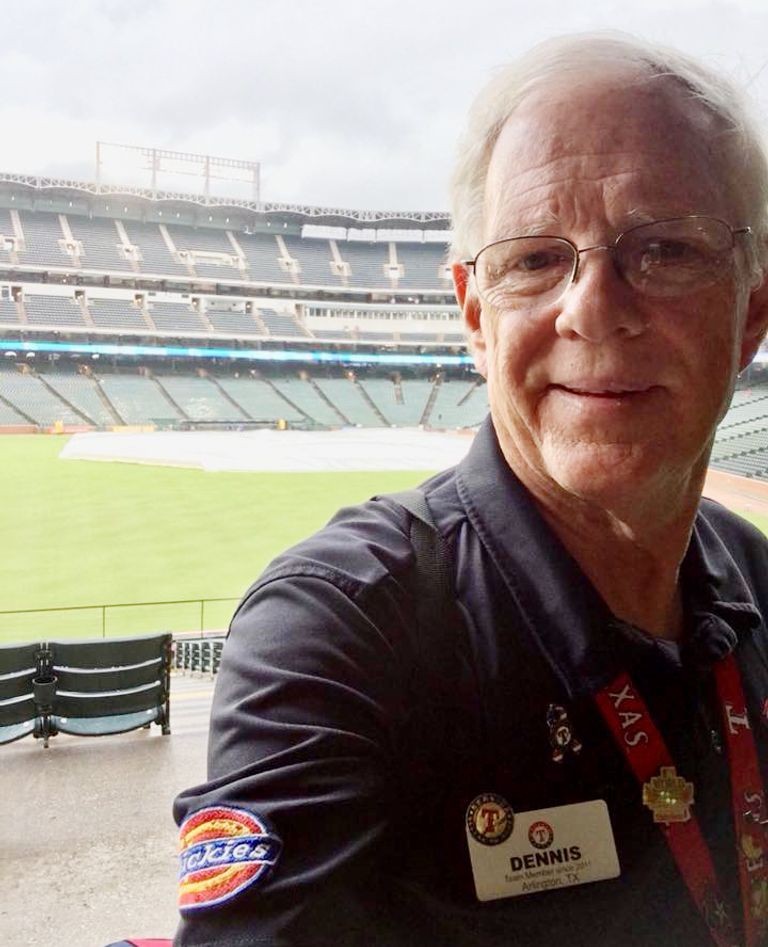
Dennis' son Jayson reflected on the technological limitations of the past that impeded their search, likening the quest for a lost family member to finding a needle in a haystack. This acknowledgment of the challenges faced before the introduction of accessible DNA tests underscores the transformative impact of genetic technology in facilitating the search for biological relatives. These advancements in genetic research have opened doors that were previously closed to many, offering new hope and possibilities for those seeking answers.
Dennis Finds His Biological Parents
After years of waiting and wondering, a significant breakthrough came for Dennis in the year 2000 when a judge ruled that his adoption records could be opened, revealing for the first time the names of his biological parents. This groundbreaking decision peeled back a layer of mystery shrouding Dennis' origins and provided him with the first tangible link to his past, sparking hope for further discoveries. A moment that not only opened a door to his past but also paved the way for new connections and a deeper understanding of himself.

Upon receiving confirmation of his genetic background, Dennis experienced a mix of shock and validation. This breakthrough, though clouded with the sadness of not being able to share it with his deceased brother, offered Dennis a new understanding of his heritage. These moments of realization are often bittersweet but also provide an opportunity for fresh beginnings and deeper insights into our own history and identity, expanding our understanding of ourselves and our place in the world.
A Breakthrough at Last
The journey took a decisive turn in 2017 when Dennis ventured into the world of DNA testing, opting for 23andMe to explore his genetic ancestry. The process was simple yet full of anticipation, culminating in an astonishing moment on February 9th when he received an email notification about a DNA match, a revelation that brought both shock and joy, marking the beginning of a new chapter in his quest for family. An experience that underscores the power of modern technology in restoring lost connections and bringing families together.
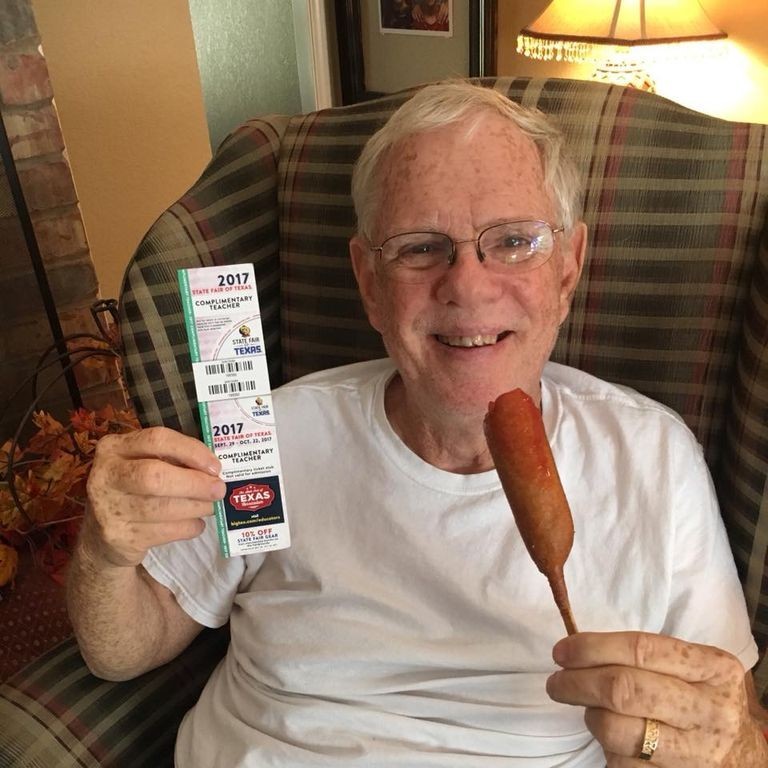
The discovery of having a cousin in Amarillo was a turning point for Dennis, requiring considerable courage from him to make contact. When his cousin confirmed the existence of a sister named Connie, the emotional impact was profound. This revelation opened a door that Dennis had long thought to be forever closed, initiating a journey of reuniting with a family he never knew he had. This moment of courage and hope led him down a path of potential familial connections and unknown discoveries.
Searching for Connie
Speaking to KLTV, Dennis described the surreal experience of learning about having a sister named Connie through a message from a cousin. To have a name at 71 years old that he could connect with after a life of unknowns was a profound moment that transformed his long-held hopes into tangible reality, paving the way for an emotional journey of reconnection. A moment that not only changed his world but also how he viewed his past and future.
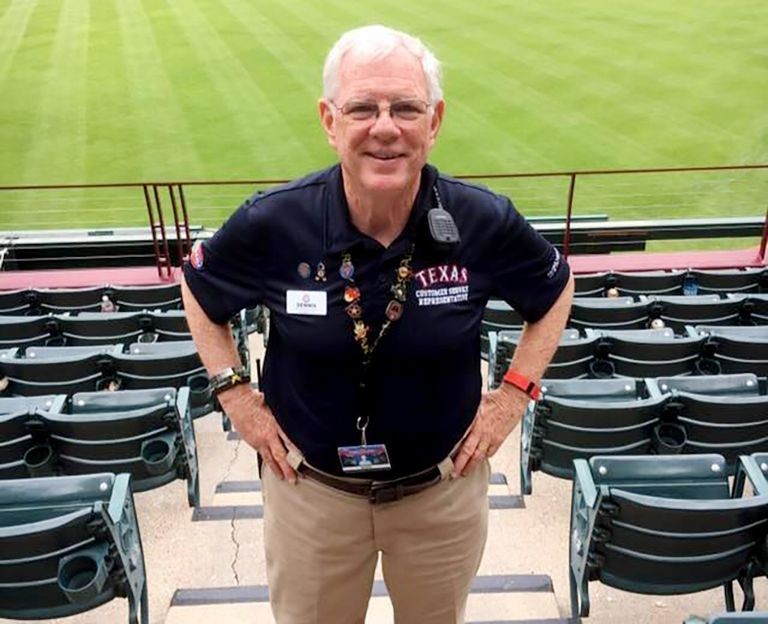
Armed with the nickname of his sister, Dennis embarked on a search that soon led him to her full name, Constance Rusk. This crucial detail transformed the search by turning a nickname into a tangible lead that brought him one step closer to his long-lost sister and bridged decades of separation with a name. This discovery was a guiding light on his journey, a name that suddenly became full of significance and possibility.
Reaching Out to His Long Lost Sister
With newfound determination, Dennis managed to locate Connie's contact information by February 13th. With the support of his wife, he carefully crafted a message to the sister he had longed to meet, a step filled with concern and hope that bridged decades of separation with a few typed words, extending an invitation for connection and perhaps healing old wounds. A courageous step demonstrating how strong the need for familial connection can be, even after such a long time.

When he reached Constance through a message, Dennis conveyed his hopeful inquiry, holding his breath for a response that would either confirm or deny their connection. This moment of vulnerability, brimming with anticipation and fear, represented a leap of faith for Dennis as he awaited a response that could change his life. The silence as he waited for a reply was a space filled with possibilities and anxiety, a test of his hope and courage.
Connie's Response
Connie's response came quickly and warmly, as she told WFAA of her disbelief and immediate need to connect after receiving Dennis's text. She pulled over her car to fully absorb the message and responded without hesitation, expressing her excitement to meet the brother she never knew she had, a feeling that reflects the deep bond of siblinghood untouched by time or distance. A moment that not only highlights the power of family but also the significance of the connection between siblings.
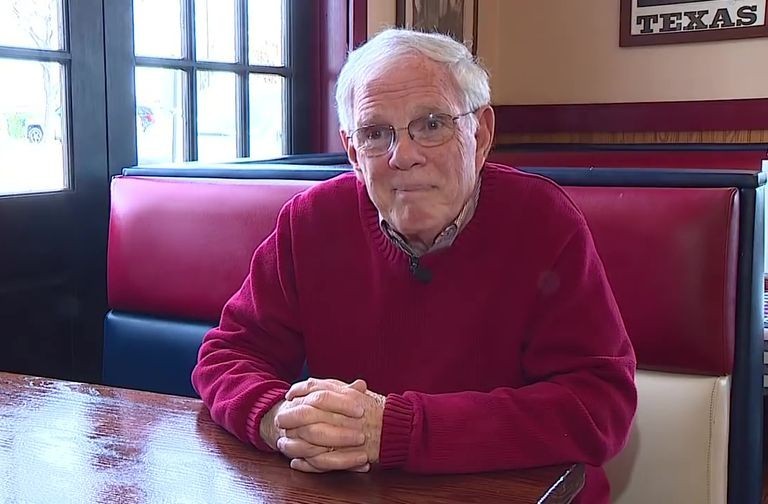
The moment when Constance confirmed their relationship was emotionally overwhelming for Dennis. His reaction, shared with ABC News, was a testimony to the profound impact of their reunion. The fear of rejection loomed large, but the joy of finding his sister washed away those fears, marking a moment of cathartic release and the beginning of a new chapter. This moment of confirmation and joy became a turning point, opening the door to new familial bonds and possibilities.
Did Doug Witness It?
The timing of their reunion, coinciding with the 40th anniversary of Doug's passing on February 14th, infused their reconnection with poignant significance. It was as if the memory of their shared brother cast a guiding light that bridged the gap between Dennis and Connie, orchestrating a reunion that was more than mere coincidence and pointing to a deeper familial bond that transcended loss. A testimony to how memories and shared history can form a bridge that overcomes even the deepest separations.
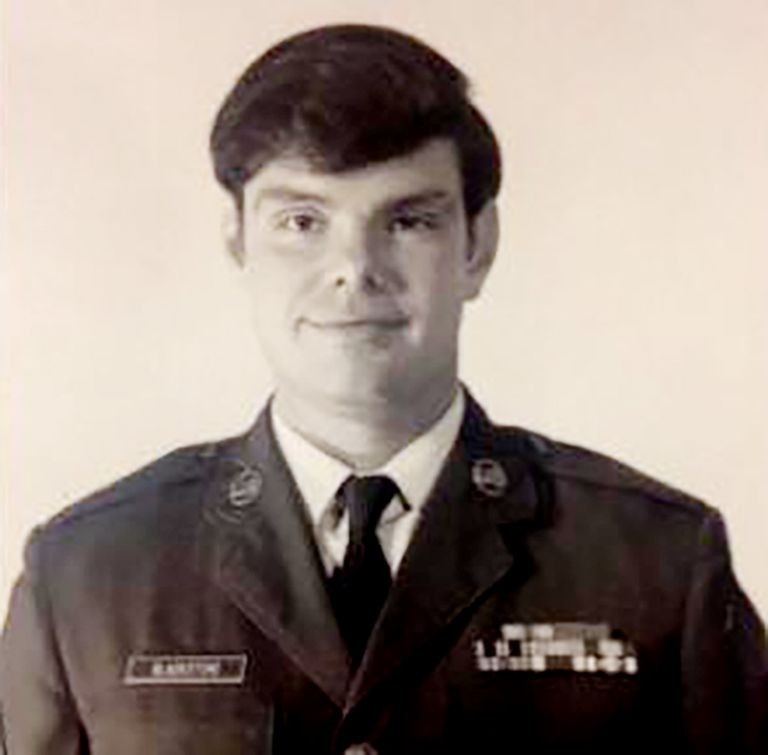
For Dennis, the date of their reunion took on a new, profound meaning. Instead of solely commemorating the death of his brother Doug, it now symbolized the joyful beginning of reconnecting with his living blood relatives. This shift in perspective transformed a date marked by loss into a cause for celebration and newfound family ties. This day, once a symbol of loss, became a shining example of the hope and joy of reunion.
"The Excitement was Overwhelming"
The anticipation of their meeting consumed Dennis, leaving him sleepless and without appetite for two days as the reality of meeting his sister and expanding his family was imminent. This overwhelming excitement was also shared by Jayson, who expressed his own enthusiasm in meeting a new family member, highlighting the universal yearning for connection and belonging. A feeling many share when embarking on the search for lost family members, underscoring the deep human connection to our roots and to each other.
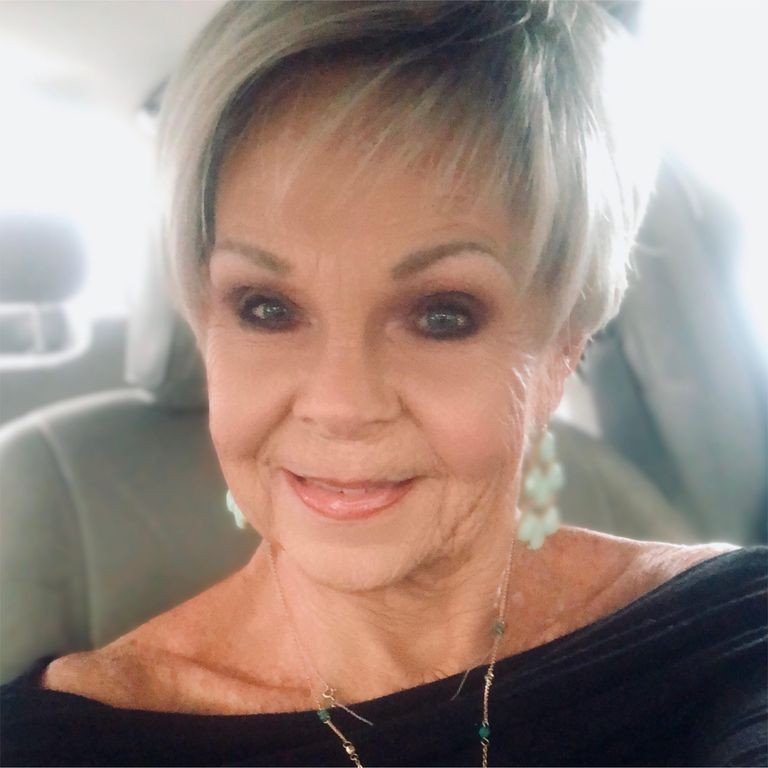
The discovery that Dennis and Connie had lived only 40 miles apart for most of their lives added an incredible layer of irony to their story. This geographical proximity, unbeknownst to them for years, underscored the whimsical nature of fate and the remarkable twists life can take, emphasizing the remarkable closeness in which separated family members can unknowingly exist side by side. This proximity, so unexpected yet so meaningful, added a layer of wonder and reflection to their story.
An Emotional Reunion
Their meeting in Grapevine, Texas, on February 17, 2019, was a scene of immediate recognition and affection as Connie rushed to embrace Dennis, a gesture symbolizing the closing of a decades-long gap between them. Surrounded by family, this moment of reunion was a testament to the enduring power of familial bonds, a powerful depiction of love and acceptance.
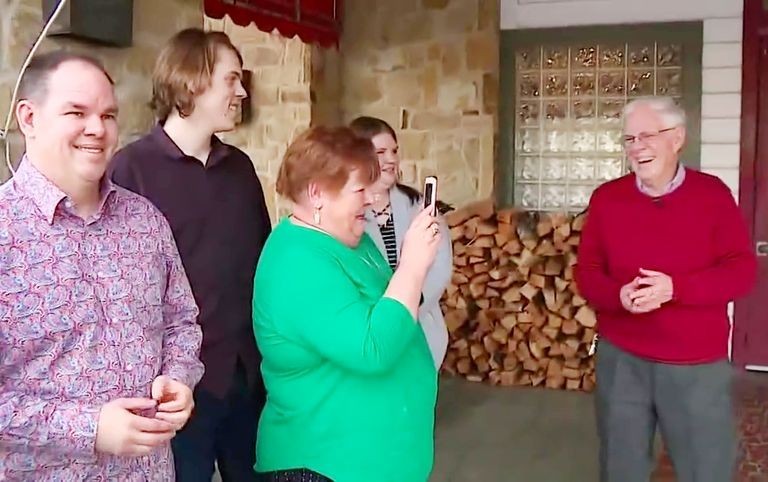
At their long-awaited meeting, the emotional intensity of the moment was overwhelming for Dennis and Connie. Dennis described the experience as one of overwhelming joy, while Connie recalled her urgent longing to bridge the physical distance between them as quickly as possible, highlighting the magnetic pull of familial ties and the desire to bridge the gap of the years they had spent apart. This first encounter, filled with emotions and the long-awaited physical proximity, was a powerful expression of their unbreakable bond.
"It's a Miracle!"
Connie's joyful reflection on reuniting with her brother after over seventy years underscores the transformative power of perseverance in seeking lost family members. Her advice to others in similar situations speaks to the value of hope and the potential of DNA tests to bring about life-changing reunions, emphasizing the profound impact of rekindling lost connections. She encourages never losing hope and utilizing modern technologies to perhaps achieve what once seemed impossible – finding family once again.
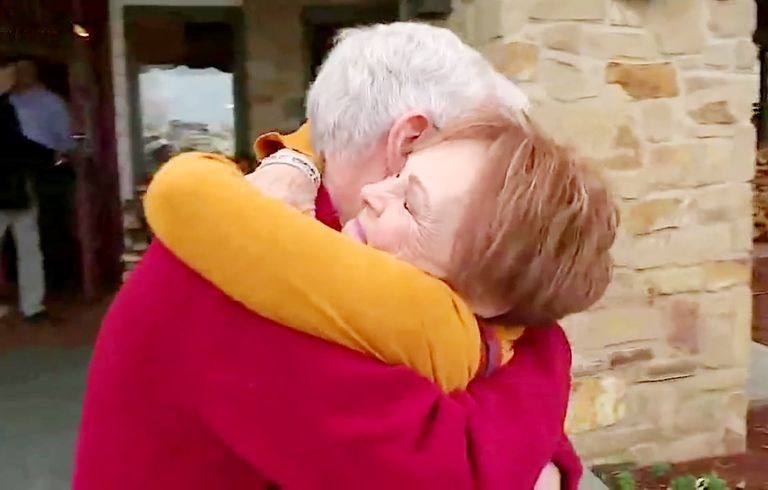
In reflecting on their miraculous reunion, Connie expressed her gratitude and amazement, attributing their encounter to divine intervention. Her faith-driven interpretation of the events as nothing short of a miracle captures the profound emotional impact of their reunion, emphasizing the extraordinary nature of their story and the feeling of blessing they both experienced in coming back together after so many years. This perspective, guided by faith and gratitude, added an additional layer of meaning and wonder to their experience.
More Family Revealed
The reunion unveiled another layer of family history, as Connie had also been searching for Dennis, reflecting his own efforts to find her. This mutual desire for connection underscores the deep-rooted bonds that hold siblings together, regardless of the years and circumstances that may separate them, highlighting the resilience of familial love. It shows how strong the connections between siblings are, even when life has led them in different directions.
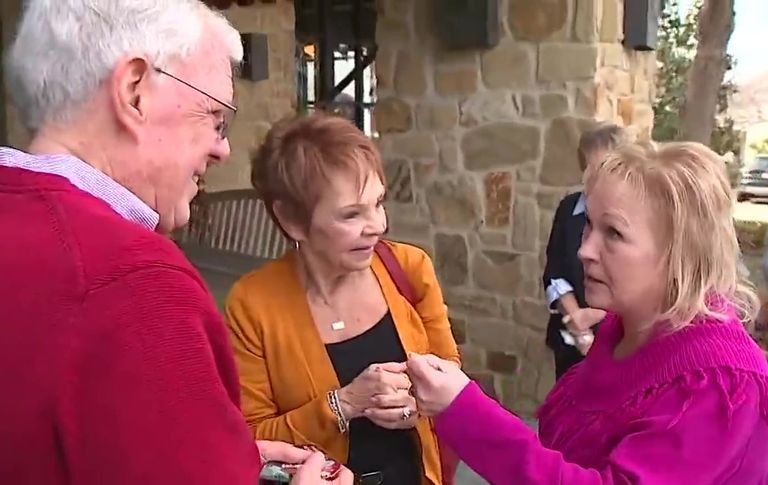
The complexity of Dennis and Connie's search was heightened by the fact that their names had been changed after adoption. This obstacle made the quest for a reunion even more challenging, but it also led to the discovery of two half-sisters, further enlarging Dennis's newly found family and enriching his sense of identity and belonging. This unexpected expansion of his family offered him new perspectives on himself and his history, a discovery that profoundly altered his life and understanding of family.
Hugs, Smiles, and Family Photos
The discovery of additional family members during the reunion, including half-sisters, enriched Dennis's newfound connections. Their warm and enduring hugs symbolized immediate acceptance and joy in expanding their family circle, illustrating the ability of DNA tests to not only uncover hidden kinship but also foster new bonds of love and kinship. This highlights how DNA tests can not only reveal past relationships but also lay the foundation for new familial ties.
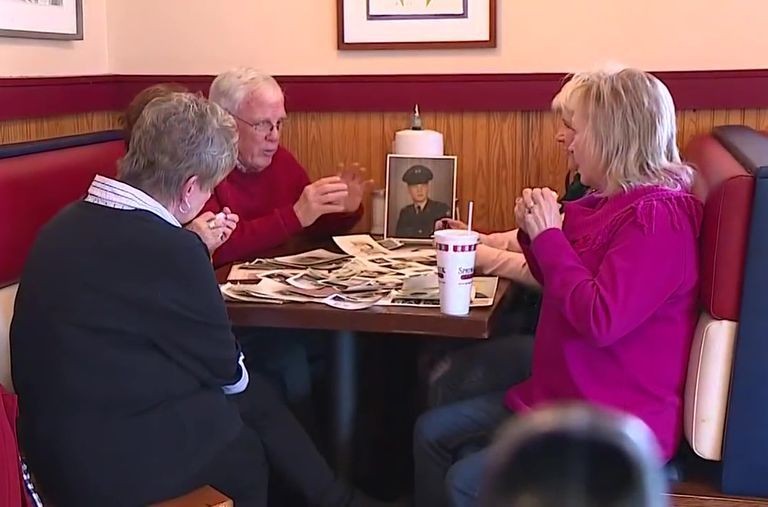
As Dennis and Connie went through old family photos, they not only revisited their shared past but also forged new connections that strengthened their relationship. Dennis described the experience as one of overwhelming relief and joy, a testament to the power of shared memories in building and strengthening family ties. These moments spent flipping through photographs and stories served as a bridge between their separate past and a shared future.
The Business Perspective
From the standpoint of 23andMe, Dennis and Connie's story exemplifies the profound impact of DNA tests on family reunification and uncovering personal narratives. Christine Pai from 23andMe talked about the increasing number of such heartwarming stories, highlighting the role of the service in enabling these discoveries and the broader implications for individuals exploring their genetic heritage. She emphasized how these stories underscore the transformative power of genetics in real people's lives.
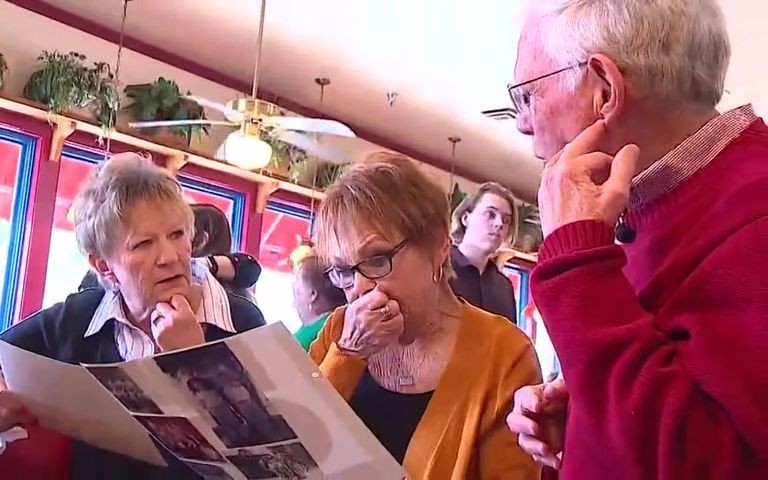
The frequency with which adoptees discover biological family members who live surprisingly close is a remarkable aspect of DNA testing, as noted by Christine Pai. This phenomenon highlights the unexpected and often amazing results of genetic exploration, revealing the random nature of these reunions and the profound impact they can have on people's lives. These discoveries, often full of surprises and coincidences, underscore the unpredictable paths our search for connection and belonging can take.
A Shift in Motivation
Pai further delved into the diverse outcomes of genetic testing, noting that they can provide unique insights ranging from ancestry origins to potentially life-saving health information. This versatility underscores the multidimensional value of DNA tests, offering individuals a window into their personal history and health that was previously inaccessible and promoting a deeper understanding of oneself. This shows how DNA tests not only enable emotional reunions but also offer important insights into our health and heritage.
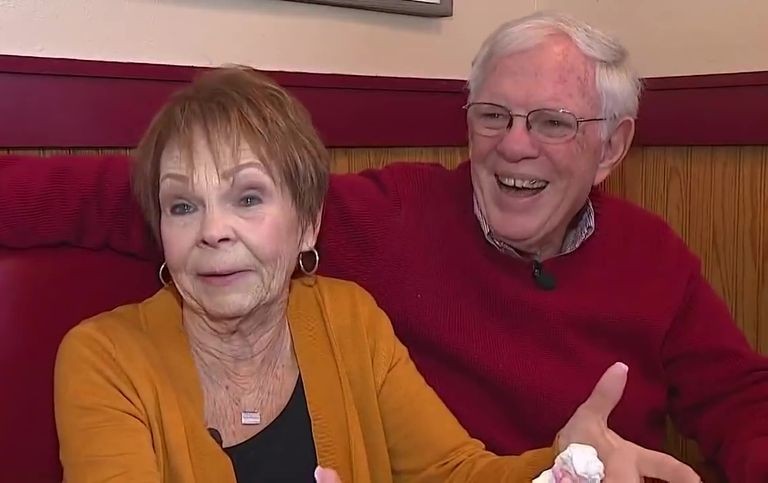
The trend towards health-related DNA testing reflects a shift in consumer interest, driven by market saturation for ancestry-related inquiries. This development points to a broader range of motivations behind genetic testing, encompassing not only the search for family connections but also a growing focus on personal health and well-being. This shift demonstrates an expansion of the possibilities and applications of genetic testing that go beyond mere ancestry exploration and delve into the realm of healthcare and personal well-being.
A Turning Point?
Libby Copeland's observations on The Naked Scientists about the evolving landscape of DNA tests reflect their significant role in shaping our understanding of ancestry and identity. The initial allure of uncovering ancestral roots was a major driving force behind the popularity of test kits, underscoring deep human curiosity about where we come from and how we fit into the broader tapestry of human history. This highlights how DNA tests not only satisfy personal curiosity but also deepen our understanding of ourselves and our connection to the past.
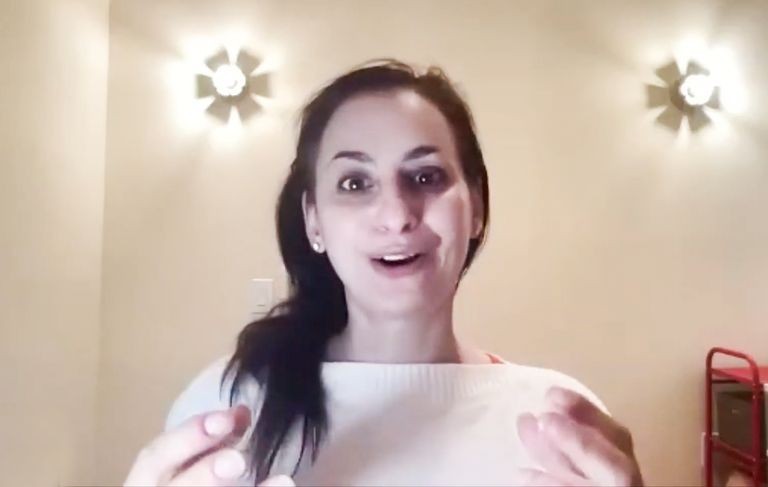
The shift towards health-focused DNA tests marks a significant change in the industry's focus, suggesting that the initial wave of excitement for discovering ancestry among early adopters has peaked. This shift emphasizes the evolving landscape of genetic testing, where the exploration of health-related genetics is increasingly taking center stage. This development reflects the growing realization that genetic tests have the potential to impact our lives in diverse and profound ways, far beyond just knowing about our ancestors.
The Hope That Others Don't Give Up
Despite evolving trends and growing caution in handling DNA tests, the transformative effect on Dennis and his family's lives stands as compelling testimony to their value. The successful reunion, triggered by a simple test, highlights the deep potential of genetic tests to bridge divides, solve long-standing mysteries, enrich life with newfound connections, and underscores the enduring allure of exploring our genetic heritage.

Reflecting on their journey, Jayson emphasized the importance of hope and perseverance in the search for lost family members. His faith-based perspective on the timing and success of Dennis's reunion with Connie underscores a belief in divine timing and the potential for life-changing discoveries, encouraging others not to lose hope in their own quests for connection. This message of hope and faith serves as a reminder that despite the challenges and uncertainties that may accompany our search, the possibility of profound and meaningful connections exists.












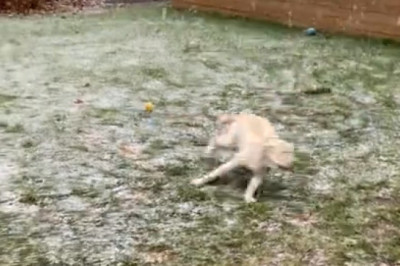


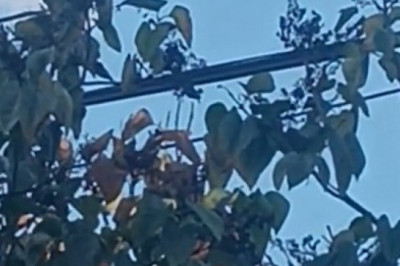
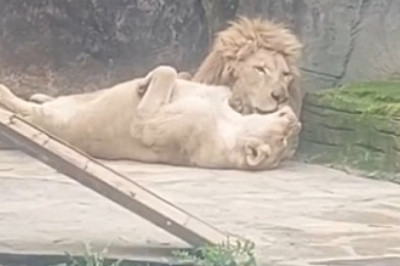
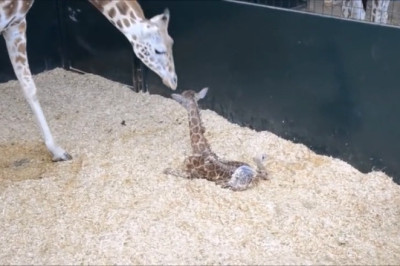
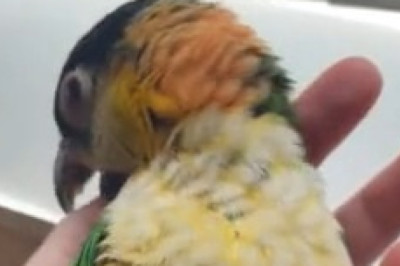
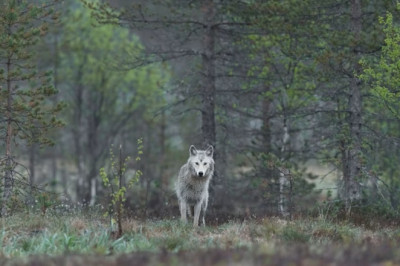
Comments
0 comment